ROXBURY — Examining the plants soaking in several small white dishes throughout the campground’s pavilion room, about 20 folks with a strong interest in knowing which of those plants are invasive to their local waters checked their field guides to mark down their best answers.
Lake Stewards of Maine, a volunteer lake monitoring program, held the plant identification class at Silver Lake Campground in Roxbury, where Silver Lake, also known as Ellis Pond, is located.
Roberta Hill, the invasive species program director, and Drew Perlmutter, the education and outreach project manager for Lake Stewards of Maine, led the class of eager learners, some of whom would receive their Invasive Plant Patrol certification after participating in the class.
“After today you’re going to have a good sense of what makes a plant suspicious of being an invader, and that is all you need to know,” Hill said. “You don’t need to know the name of one of these plants here on the table to be a very effective early detector (of invasive plants).”
Ross Swain, a camp owner on Ellis Pond, hosted the event. He and his group, the Ellis Pond Sidekicks, currently have 1,200 members, he said at the class on Thursday.
“(Our group is) not just for people on the pond or camp owners; it’s for the general public,” Swain said. “Anyone who wants to learn a little about water quality work or just wants to see some pretty photos of the area, they’re welcome to become a member and just interact with what’s going on.”
Hill explained that Thursday’s two-hour class was once part of a six-hour training that ended with the plant identification exercise. Currently, anyone who is interested can have full training in identifying invasive aquatic plants by logging into the Lake Stewards of Maine website at lakestewardsofmaine.org.
One part of the online course describes the 11 invasive aquatic plants that are deemed imminent threats to Maine waters, Hill said. The threat of these invasive species of aquatic plants “is considered to be one of the greatest threats to our pristine waters,” she said.
But Maine is better off than many other states. “Far less than 1% of our lakes and ponds are infested with an invader-type plant,” Hill said.
Hill also said that “we have been fortunate in Maine” and “we have done some things right to provide resilience for our water bodies.
“One of those things — and it’s a theory that’s not been proven out to my knowledge with hard data — but Maine has long been on the forefront of protecting our lakes and ponds,” she said.
Preventing soil erosion into our waters and keeping invasive plants from our waters are some of the most important things we can do for our bodies of water, she said.
Perlmutter explained that people should remove any plants from their watercraft before they reach their water destination.
“Clean your boat and drain your boat far from any body of water,” she said. For example, all milfoil plants are considered suspicious as invasive species and “can propagate from 1 inch of the plant.”
Perlmutter also displayed some tools, some of them handmade, that can be used to monitor the quality of the water and plant life in the water. These scopes can be used in kayaks and canoes and aqua scopes can either be found to purchase online or be handmade, she said.
Another tool that can be used to find and pull plant pieces from the water is a long-handled rake. Lake Stewards of Maine does not recommend pulling an entire suspicious plant from the water, but asks that the plant specimen be placed in a water bottle or other container of water and stored in a cool place, and that the organization be contacted at stewards@lakestewardsme.org or at 207-783-7733 for more information.
Christy Stout of Dedham was one of the participants of the plant identification class. As she worked her way through one of the six plant identifying stations, she was able to identify, by using a Quick Key guide and Maine Field Guide to Invasive Aquatic Plants, that none of the four plants soaking in their bowls were invasive.
According to the questionnaire she received, there are three floating-leaf invaders on Maine’s watch list: water chestnut, European frog-bit and yellow floating heart.
Another attendee at the class, Chris Risily of the Maine Department of Environmental Protection, worked his way through the plant identification stations while giving pointers to others on identifying invasive plants. He stressed that he agreed with the Lake Stewards of Maine organizers, that it’s most important to know what makes a plant suspicious rather than to learn all the names of the plants.
Mary LaPointe, another attendee with a home on Worthley Pond in Peru, said she was taking the class because she’s going to do the invasive plant patrol for the pond. Some other Ellis Pond Sidekicks members, Janet Farrington and her husband, Keith, of Andover, as well as Deanna Kersey, the marketing director for Black Mountain of Maine, also attended the plant identification class.
Send questions/comments to the editors.


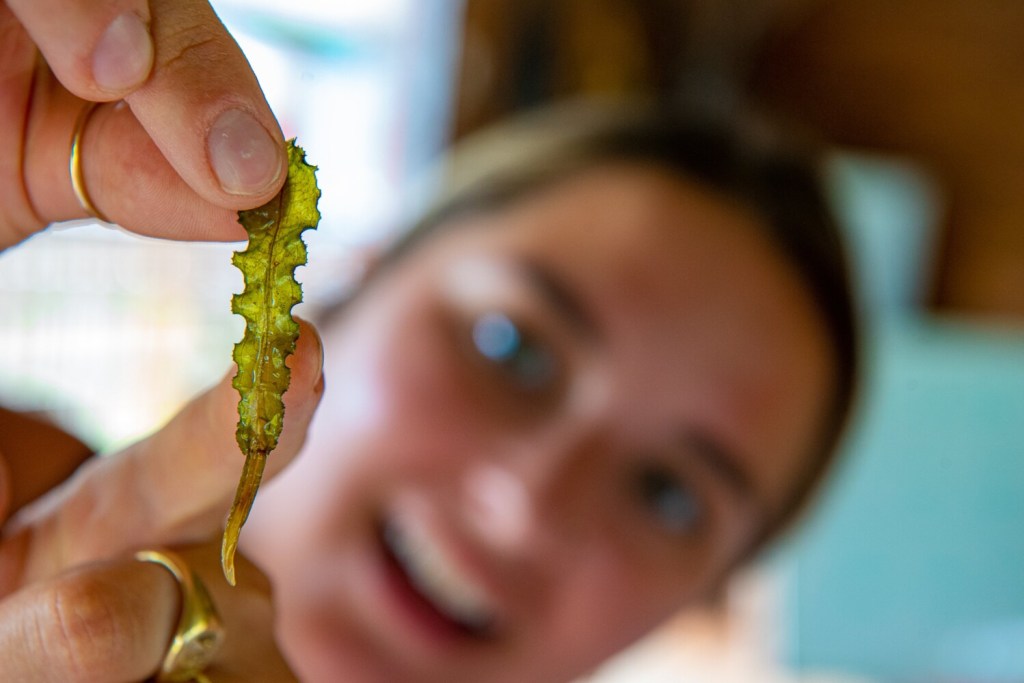
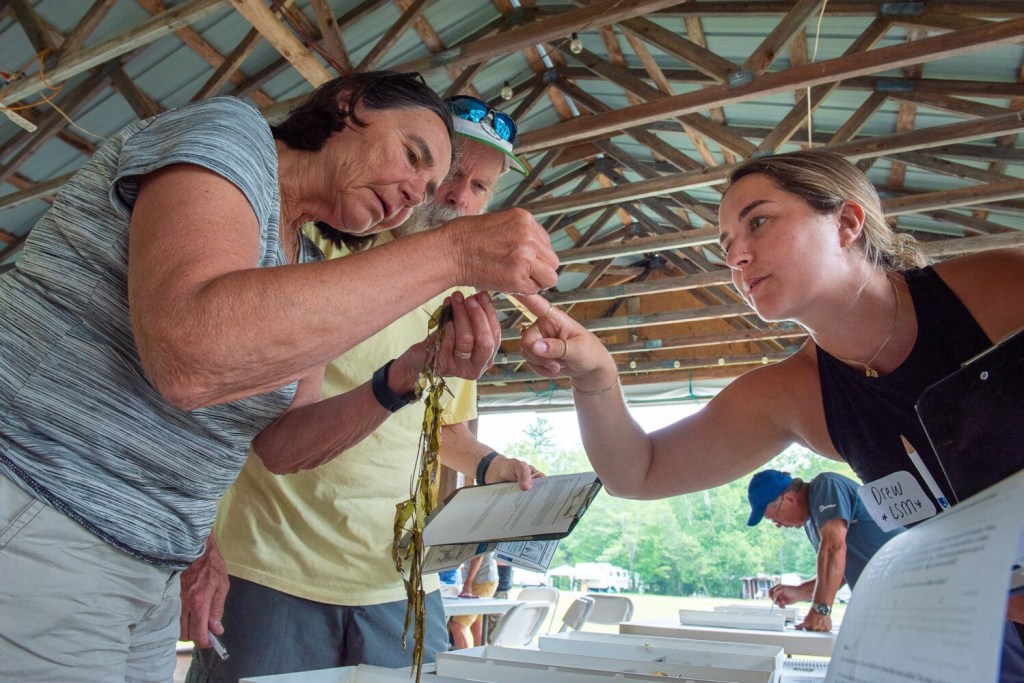
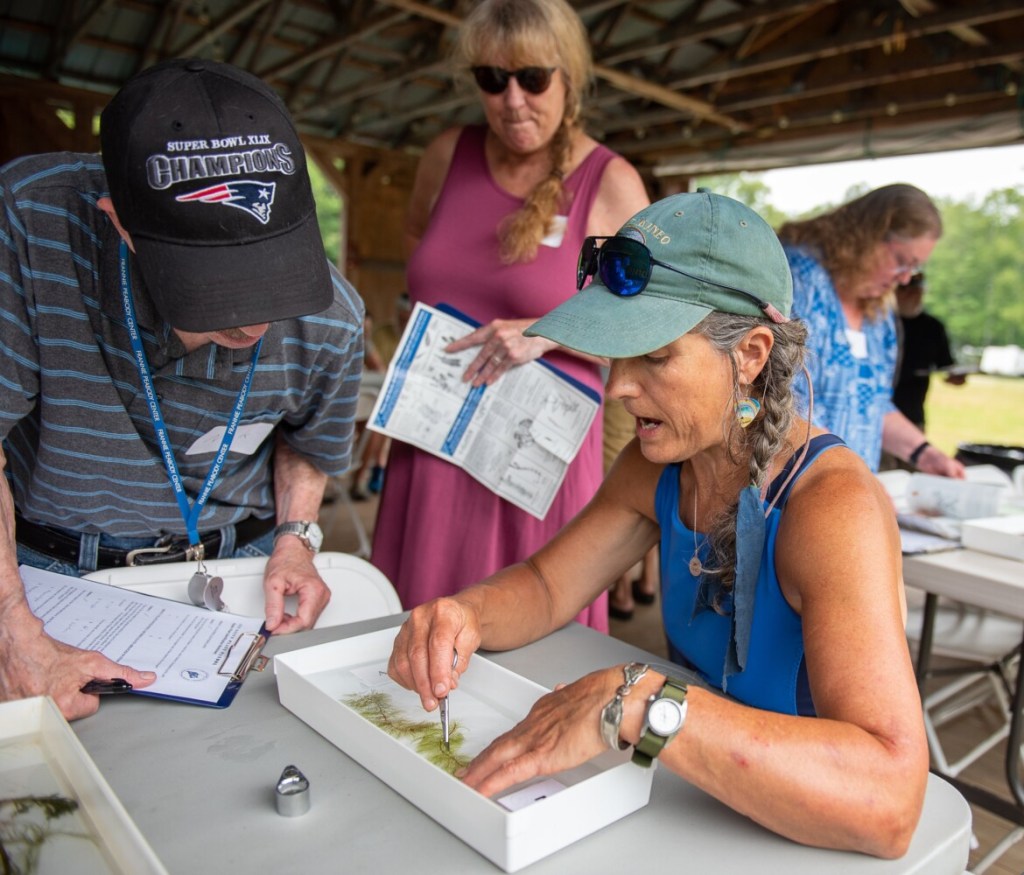
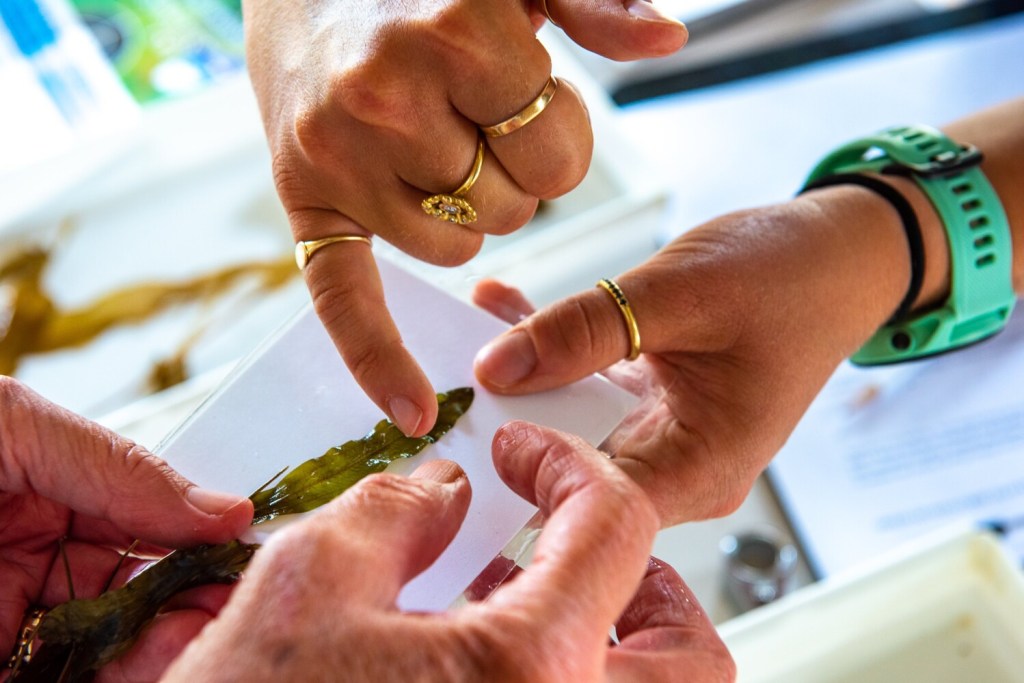
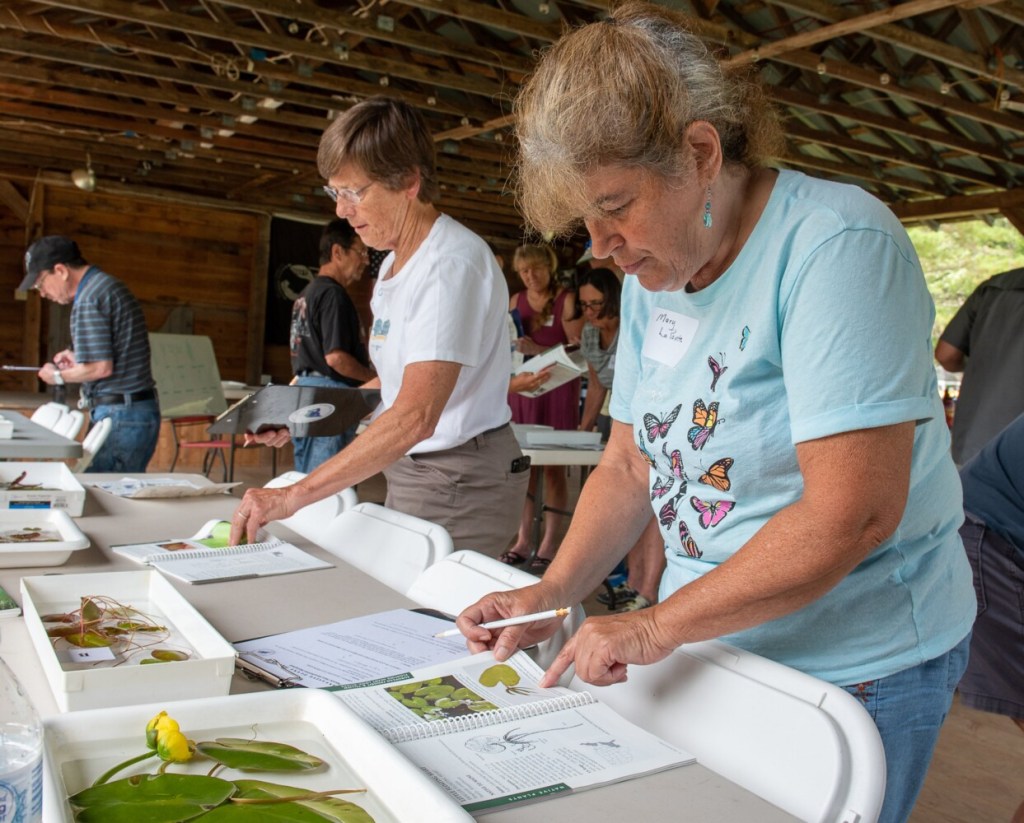
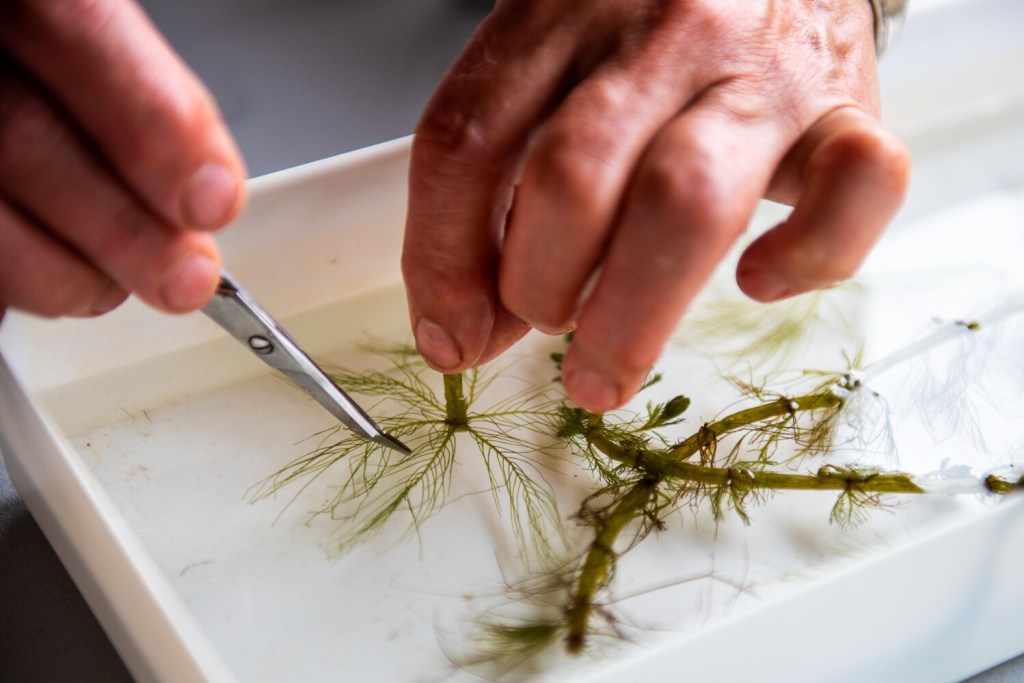
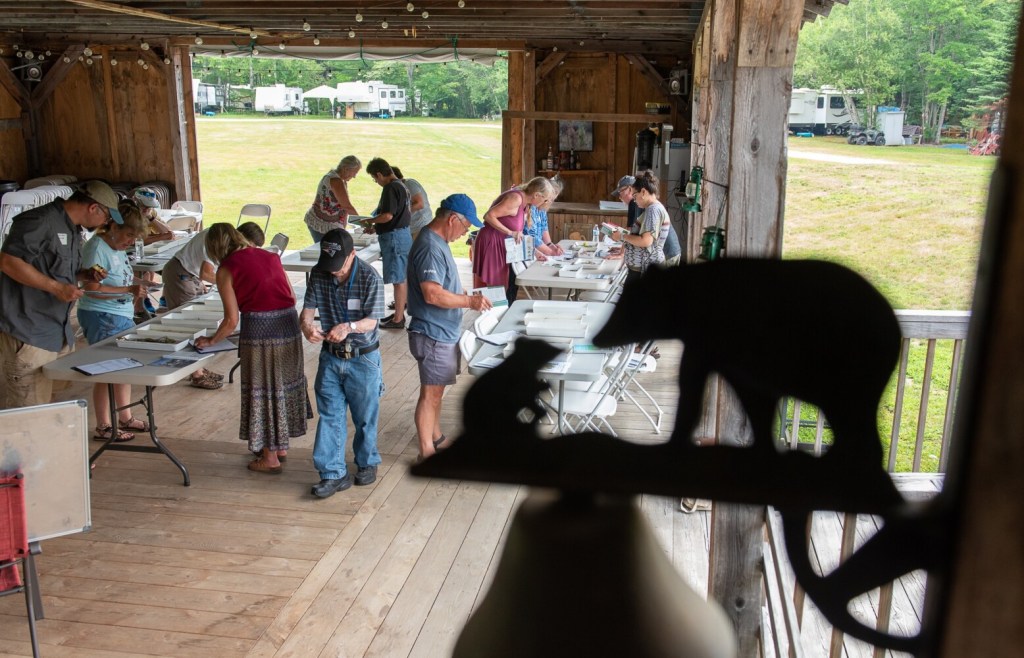
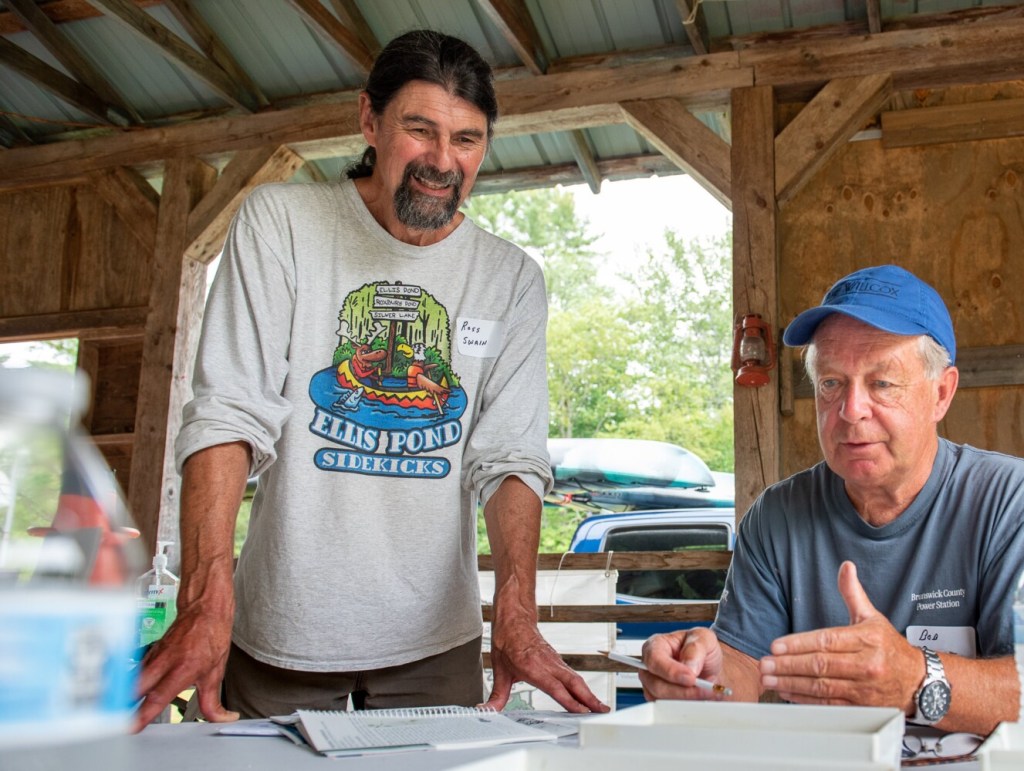
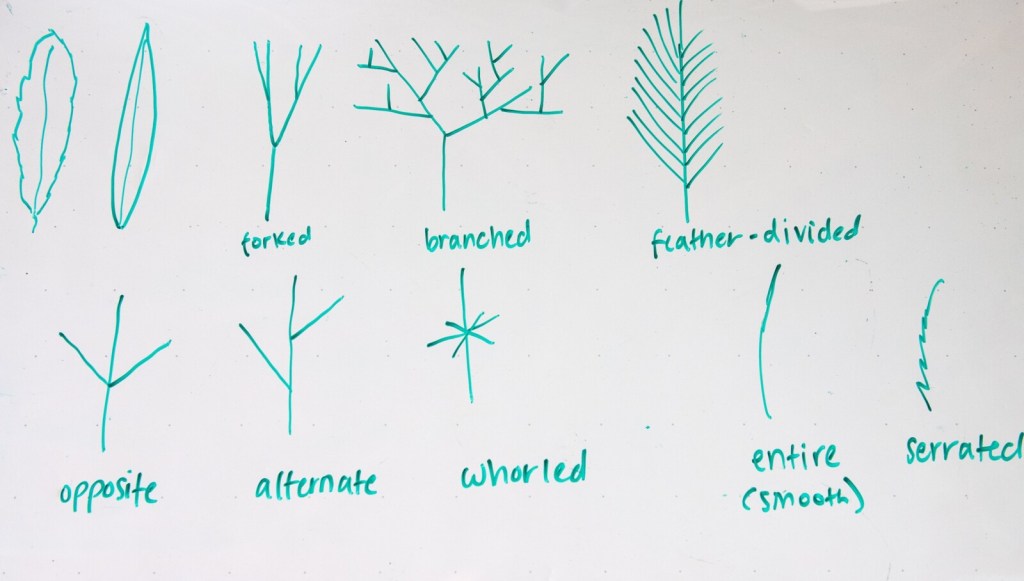
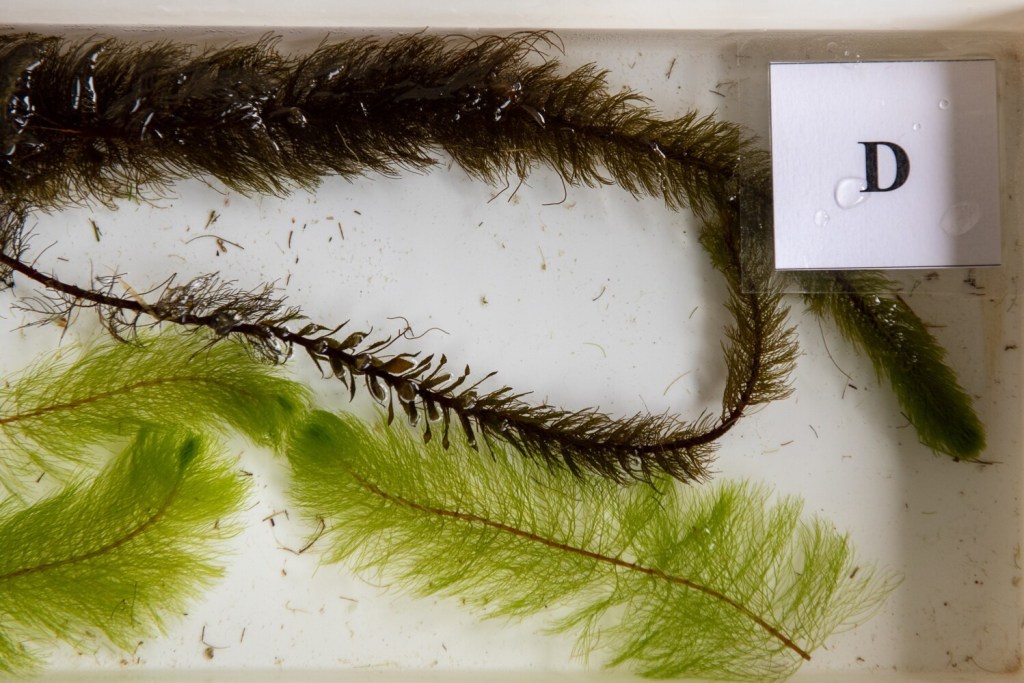

Success. Please wait for the page to reload. If the page does not reload within 5 seconds, please refresh the page.
Enter your email and password to access comments.
Hi, to comment on stories you must . This profile is in addition to your subscription and website login.
Already have a commenting profile? .
Invalid username/password.
Please check your email to confirm and complete your registration.
Only subscribers are eligible to post comments. Please subscribe or login first for digital access. Here’s why.
Use the form below to reset your password. When you've submitted your account email, we will send an email with a reset code.